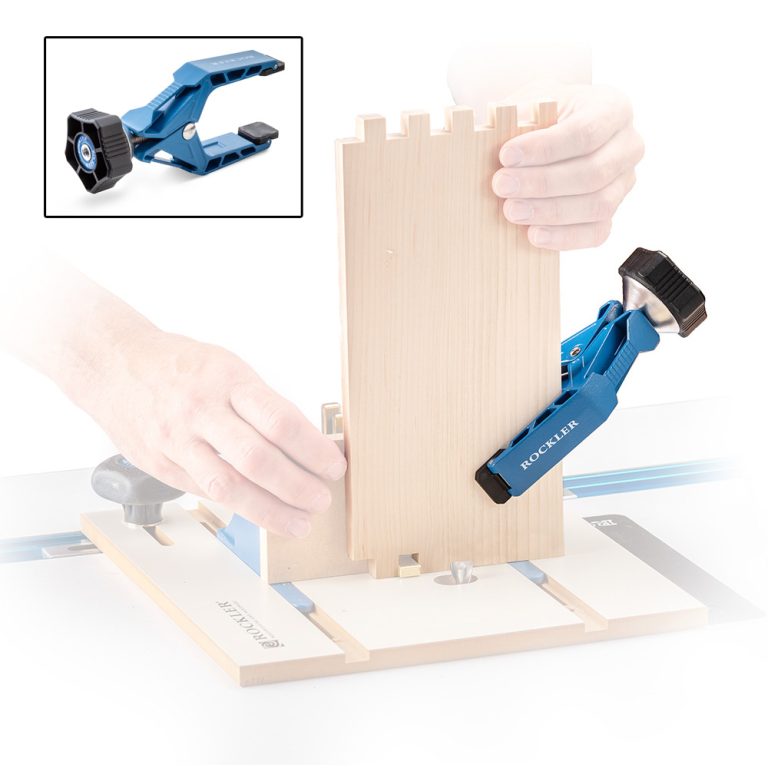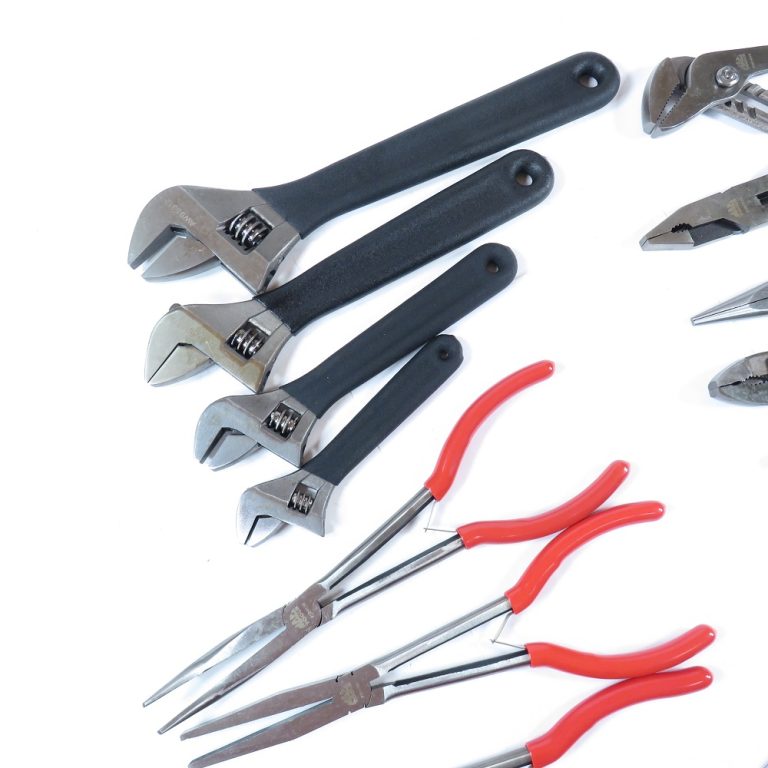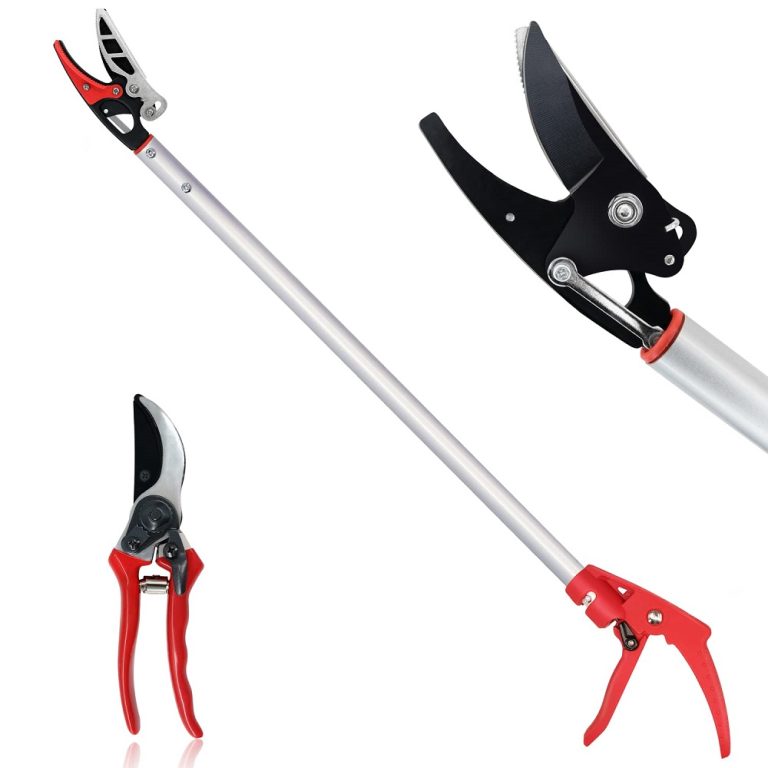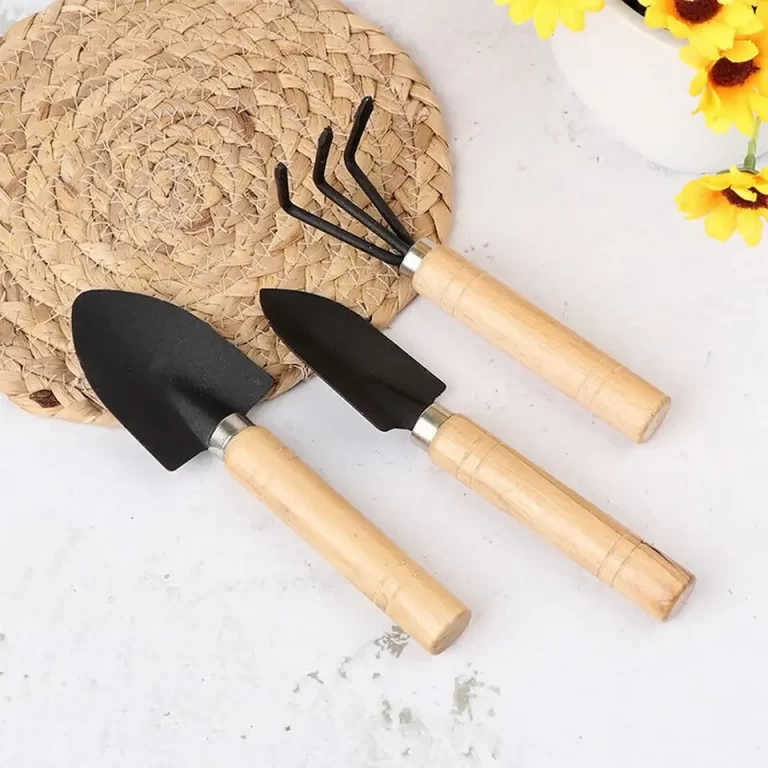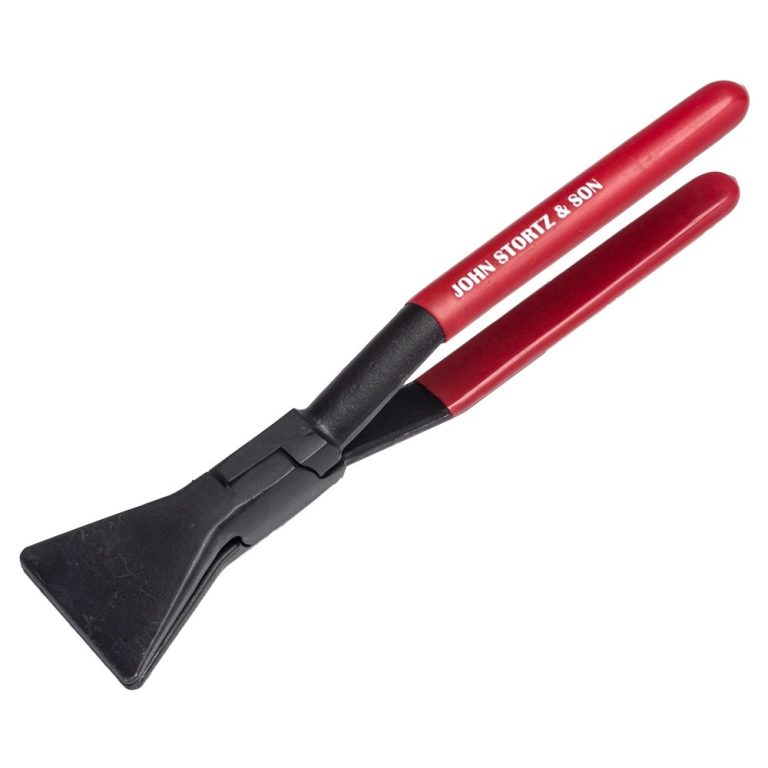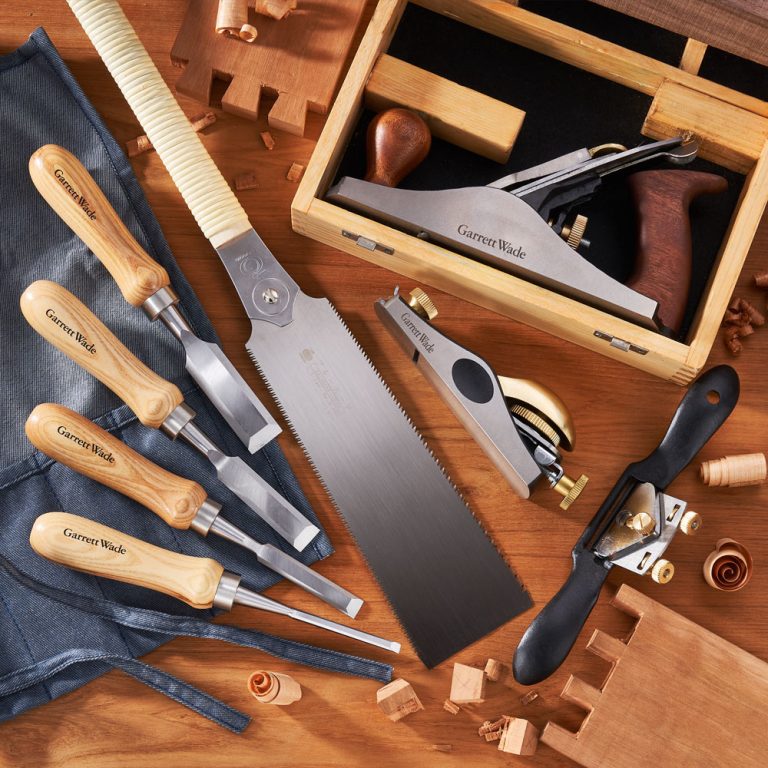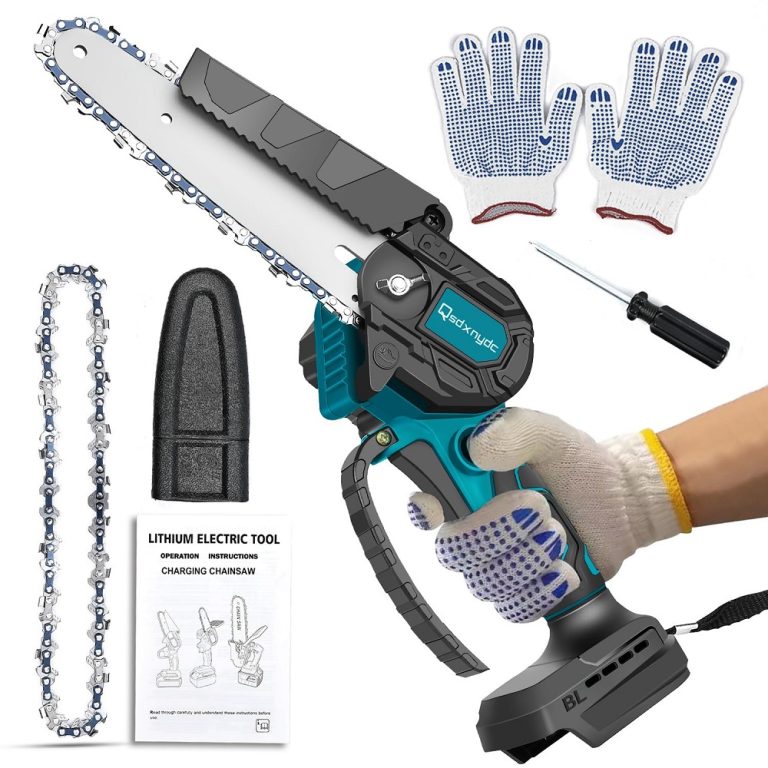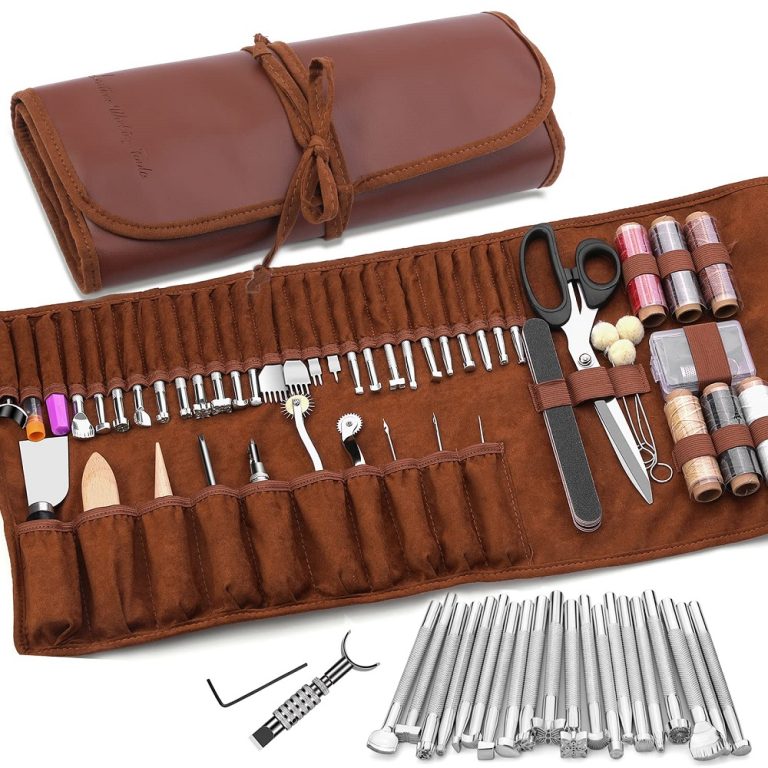Digging tools are essential for a wide array of projects, from landscaping and gardening to construction and excavation. The right tools can greatly enhance both the power and precision with which you complete your work. This article will explore various types of digging tools, their specific uses, and some top picks that will ensure efficiency and effectiveness in any digging project.
Understanding the Types of Digging Tools
Shovels
Shovels are one of the most basic and essential digging tools. They come in various shapes and sizes, designed for different tasks. The most common type is the spade shovel, which has a flat, squared blade ideal for scooping and moving soil, sand, or gravel. There are also garden shovels with sharper and more pointed blades, which are specifically designed for breaking through harder ground.
Trowels
Trowels are smaller digging tools used primarily for precise work in tighter spaces. Gardening trowels usually have a pointed blade and are great for planting bulbs or small plants and for digging up weeds. Metal trowels are particularly useful for breaking up compacted soil. Their size allows for better control.
Augers
Augers are specialized digging tools used for drilling holes into the ground. They have a helical screw blade that allows for easy penetration into various soil types. Augers are beneficial for planting trees, installing fence posts, or creating holes for signposts. They can be manual or powered, with powered augers offering efficiency and power for larger projects.

Features to Look for in Digging Tool
Material Quality
The material quality of digging tools is critical to their performance and longevity. High-quality steel or carbon materials resist bending and breaking, providing durability for demanding tasks. Handles made from wood or fiberglass are also important for user comfort, ensuring a good grip during use.
Ergonomic Design
Ergonomic design is key when choosing digging tools. Tools with comfortable grips and well-balanced weight distribution reduce user fatigue. Look for features such as padded handles, curved handles, or tools with specific ergonomic designs that cater to user comfort. This can make a real difference, especially during long periods of digging.
Weight and Size
The weight and size of digging tools directly affect their usability. Lighter tools can be easier to maneuver but may not offer the power needed for tougher soil. Conversely, heavier tools generally provide better performance against stubborn materials but may cause fatigue during extended use. Finding the right balance between comfort and effectiveness is essential for any digger.
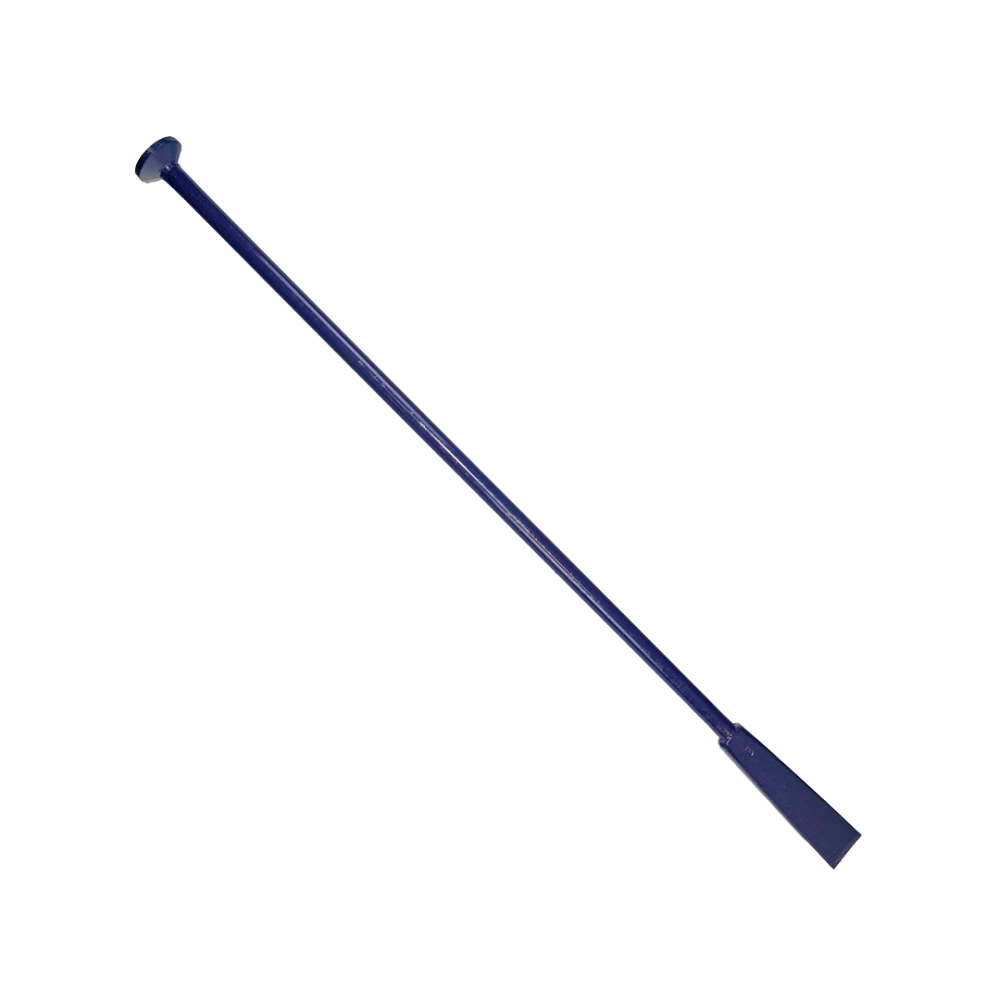
Top Picks for Digging Tool
1. Fiskars 384840-1001 Ergo Garden Spade
The Fiskars Ergo Garden Spade is a highly regarded digging tool known for its ergonomic design. Its handle features a soft grip that minimizes hand strain during use. The stainless steel blade is sharp and durable, allowing for easy penetration into the soil.
Benefits of the Fiskars Spade
The bladed edge can cut through roots and compacted soil. Lightweight yet sturdy, this spade is perfect for planting, edging, and breaking up soil. Many gardeners praise this tool for its effectiveness and comfort, making it an ideal choice for anyone looking to invest in quality digging equipment.
2. Radius Garden 203 Pro Ergonomic Trowel
The Radius Garden Pro Ergonomic Trowel is designed specifically for the precision tasks associated with planting and weeding. Its unique ergonomic handle helps reduce wrist strain, making it easier to work for extended periods without discomfort. The trowel features a rust-resistant stainless steel blade.
Ideal for Gardeners
Gardeners love this trowel for its ability to perform well in various soil conditions. The pointed blade can target deeper roots and effectively remove weeds. Its construction ensures both durability and effectiveness, making it a top pick for smaller-scale digging tasks.
3. Earthquake 43CC Dual-Direction Auger
The Earthquake 43CC Dual-Direction Auger takes the hard work out of digging holes by providing a powerful solution that is efficient and easy to use. This gas-powered auger can drill holes up to 8 inches wide and is excellent for tree planting, fence installations, and other outdoor projects.
Advantages of the Earthquake Auger
The dual-direction feature allows users to switch between forward and reverse, making it easier to pull the auger out of the hole. This functionality helps prevent stalling while digging into compacted soil. The tool’s power and efficiency make it an excellent choice for serious DIY enthusiasts and professional landscapers alike.

Maintaining Your Digging Tool
Cleaning After Use
Proper maintenance of your digging tools is essential for extending their lifespan. After each use, clean the tools to remove dirt, soil, and debris. A simple rinse with water can often suffice, but for more stubborn grime, consider using a soft brush and soap. This practice helps prevent rust and keeps the tools in good condition.
Inspecting for Damage
Before and after using digging tools, inspect them for any signs of damage. Check for cracks in the handle, dull or chipped blades, or any other signs of wear. Addressing small issues early can prevent larger problems later. Regular inspections ensure safety during use and optimal performance.
Storing Properly
Proper storage extends the life of your digging tools. Keep them in a dry, clean area where they will not be exposed to moisture. Wooden handles should be kept away from direct sunlight and extreme heat to prevent warping. Organizing your tools in a shed or garage will also ensure easy access while protecting them from the elements.
Selecting Digging Tools for Various Projects
Garden Projects
For gardening tasks, opt for smaller tools like trowels, hand spades, and weeding forks. These tools are particularly effective for planting flowers and vegetables and handling delicate tasks. A quality hand trowel and a sturdy garden spade are essential for any gardener looking to maintain their garden beds with precision.
Tools for Soil Preparation
When preparing the soil, you may need larger tools such as shovels or aerators. These tools help in breaking up hard soil and improving aeration, which is essential for healthy plant growth. Investing in quality tools ensures that your garden thrives.
Construction and Landscaping
For construction or significant landscaping projects, focus on heavier-duty digging tools. Shovels, post hole diggers, and augers are practical choices for larger tasks like digging trenches or installing fence posts. These tools allow you to move earth efficiently and handle tougher materials without compromising your effort or results.
Assessing Project Needs
Evaluate your project needs to determine which tools will work best. Investing in multitasking tools can save you time and effort. For example, a powerful auger can accomplish various tasks that would otherwise require multiple tools.
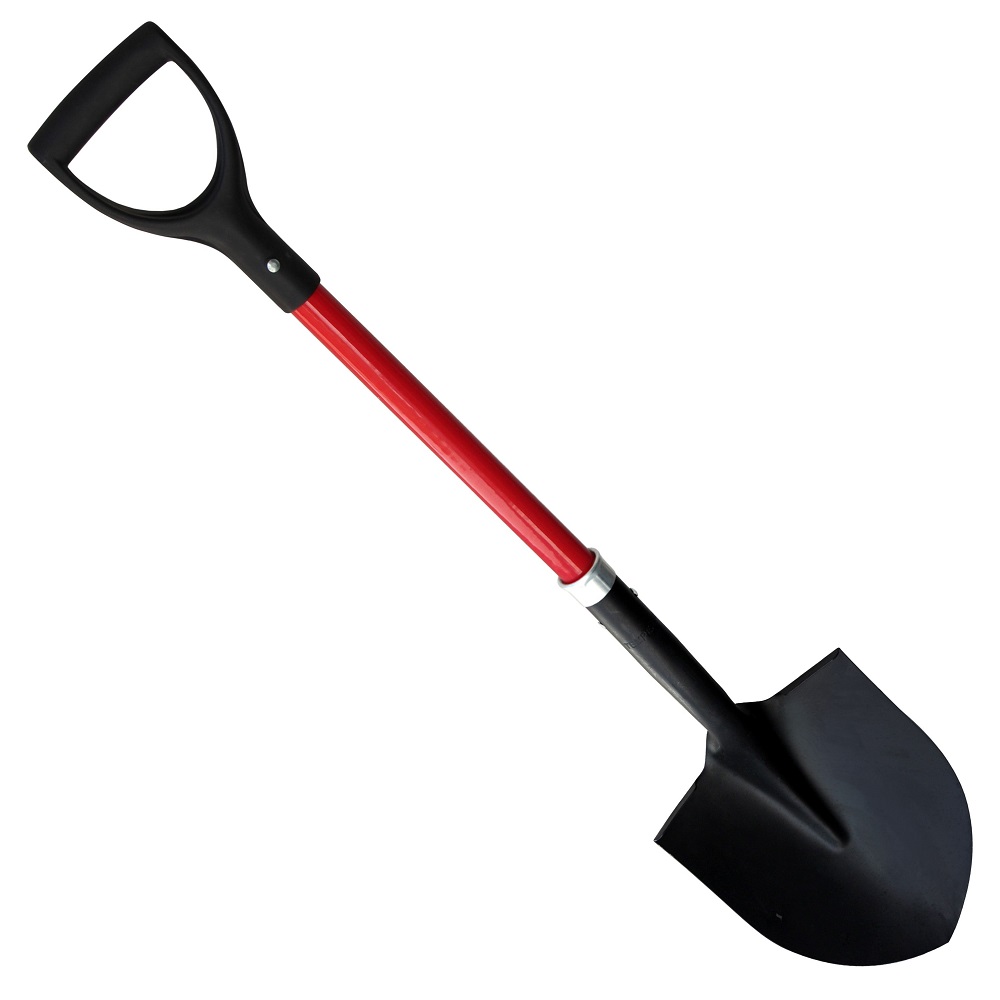
Understanding Ergonomics in Digging Tool
The Importance of Ergonomics
Ergonomics is crucial when choosing digging tools, as it directly relates to comfort and efficiency. Properly designed tools reduce the strain on your body, especially your wrists and lower back. Comfort can significantly impact your productivity, particularly during long periods of digging.
Features to Look For
When assessing ergonomics, look for tools with padded handles and shapes that allow for a natural grip. Adjustable designs can provide additional benefits, allowing users to find the most comfortable positioning. Innovation in tool design is focused on minimizing physical fatigue during extended use.
Staying Healthy While Digging
Investing in ergonomic digging tools promotes better health and reduces the risk of repetitive strain injuries. Taking breaks, stretching, and practicing proper lifting techniques can further enhance your comfort and safety. Ensuring that your digging tools work for you is key to maintaining a healthy approach to physical work.
Trends in Digging Tool Design
Eco-Friendly Materials
Modern digging tools are increasingly made from eco-friendly materials. Manufacturers are developing products using sustainable resources to reduce environmental impact. Lightweight and durable materials not only improve functionality but also enhance the portability of tools.
Smart Technology Integration
The integration of smart technology into digging tools is becoming more common. For instance, some dugging tools come with built-in sensors that provide data on soil composition or moisture levels. This technology assists gardeners and landscapers in making informed decisions about their projects.
Stylish Designs
Lastly, style in tool design is a growing trend. While functionality remains paramount, manufacturers are now paying attention to aesthetics. Current digging tools feature sleek lines, vibrant colors, and modern designs that appeal to a broader audience. This approach encourages individuals to work with stylish tools that reflect their personal tastes.
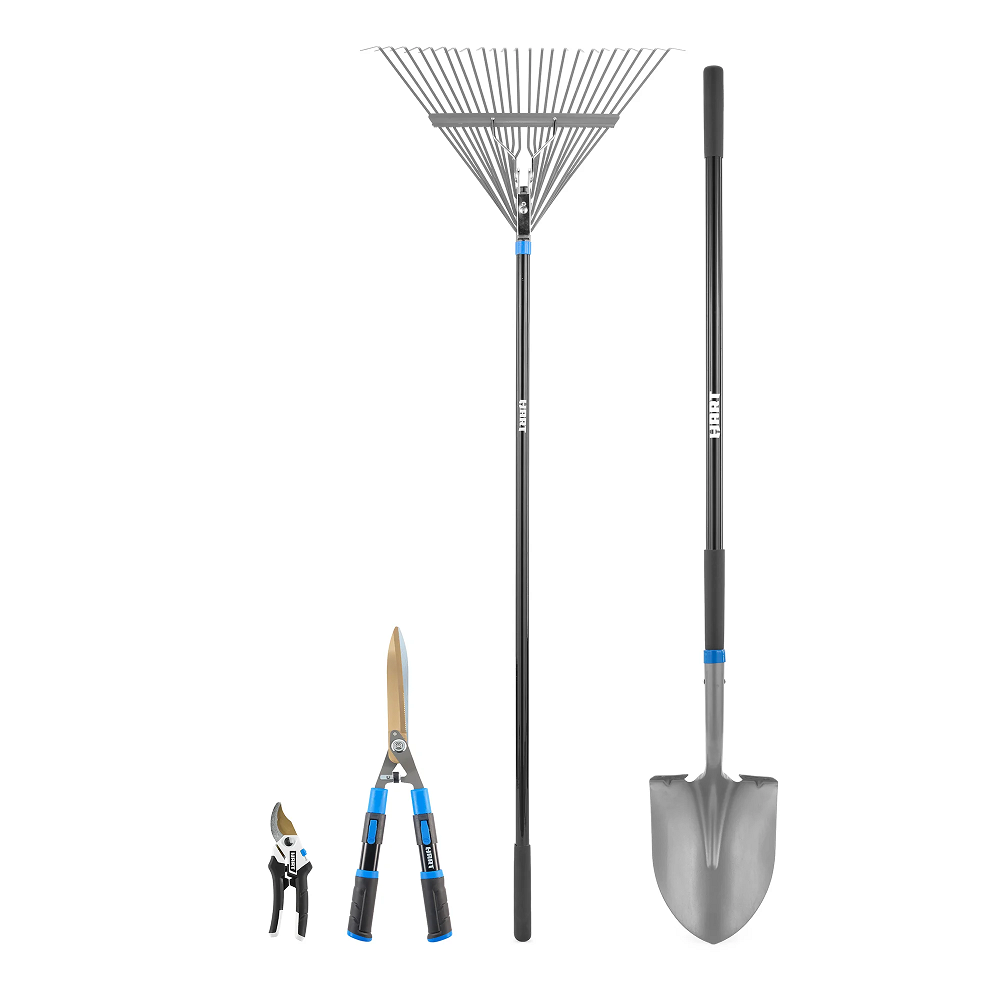
Conclusion: Equip Yourself with the Right Digging Tool
In conclusion, investing in quality digging tools, such as shovels, trowels, and augers, is essential for achieving success in any project, whether big or small. Understanding the various types of tools available, combined with knowing how to properly maintain them, will set you up for effective work in the garden or on the construction site.
Discovering Your Perfect Tool Set
Take the time to assess your needs and choose tools that will enhance your efficiency and comfort. A well-chosen set of digging tools can turn a daunting task into a manageable one, making gardening and landscaping enjoyable pursuits.
Embrace Innovation and Style
With advancements in materials, design, and technology, digging tools have not only become more functional but are reaching new heights in style and ergonomics. Embracing these innovations can enhance your overall experience, leading to better results and more satisfaction in your work.
Enjoy Your Projects
Finally, equip yourself with the right tools and enjoy the process of digging, planting, and creating. Whether you are cultivating a beautiful garden or preparing for a construction project, the right tools will make a significant difference in your overall experience. Select tools that resonate with your personal preferences, and you’ll find joy and satisfaction in every project you tackle!

